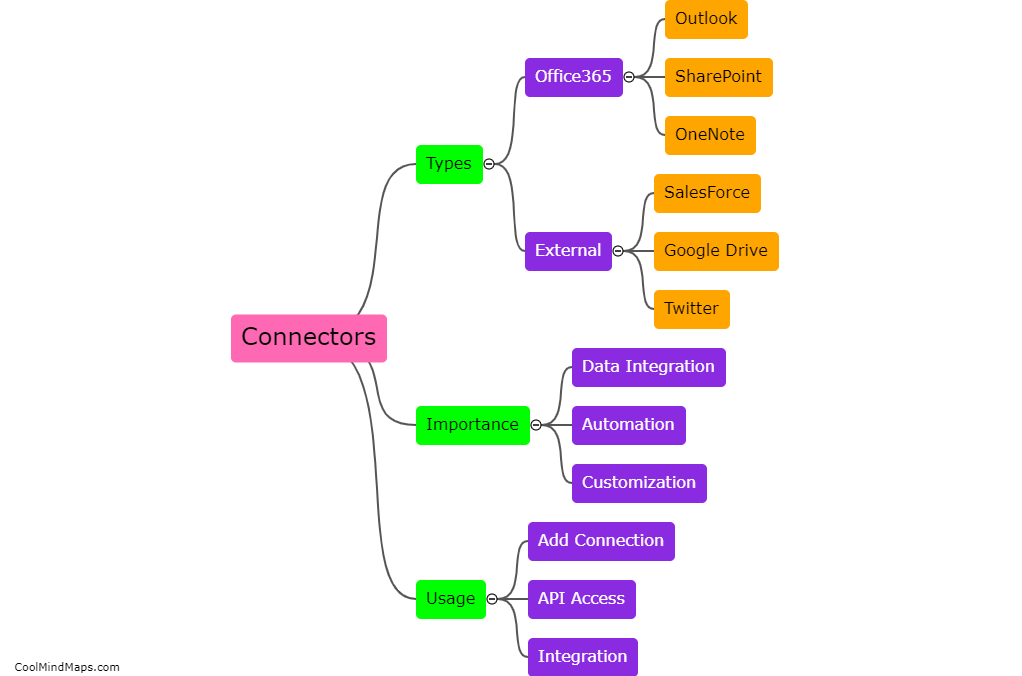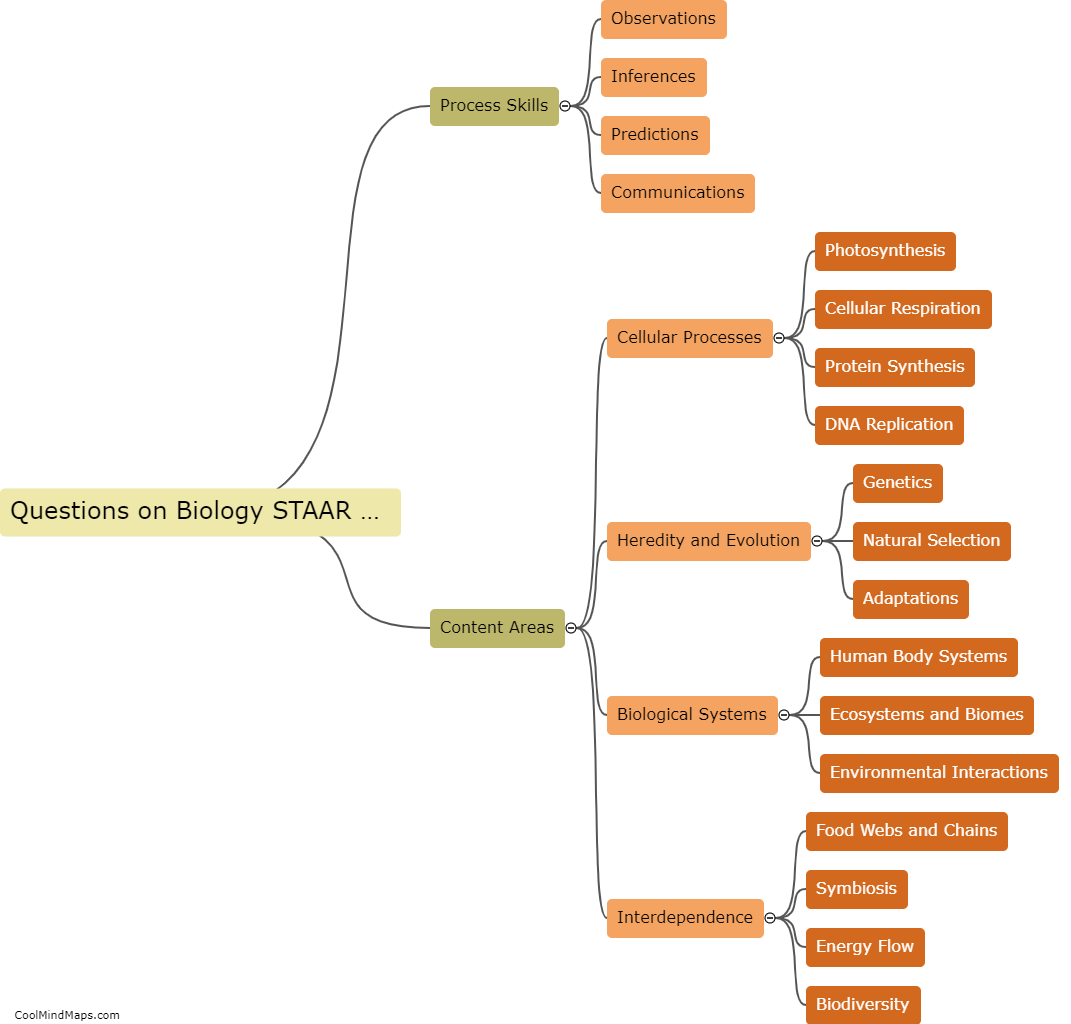Cell structure and function
Cell structure and function is the study of the basic unit of life, the cell. Cells are the building blocks of all living organisms and are highly complex structures that have a variety of specialized functions. Understanding the structure and function of cells is essential to understanding how living organisms work, how diseases develop, and how drugs and other chemicals interact with cells. The basic structure of a cell consists of a nucleus, cytoplasm, and cell membrane, while cells within different tissues or organs may have additional structures such as mitochondria, ribosomes, and lysosomes. Each structure within the cell plays a key role in carrying out specific cellular functions, from energy production to protein synthesis and waste removal. By studying the intricacies of cell structure and function, we gain insight into the complex workings of living organisms and are able to develop new therapies and treatments to combat disease.

This mind map was published on 10 June 2023 and has been viewed 110 times.











